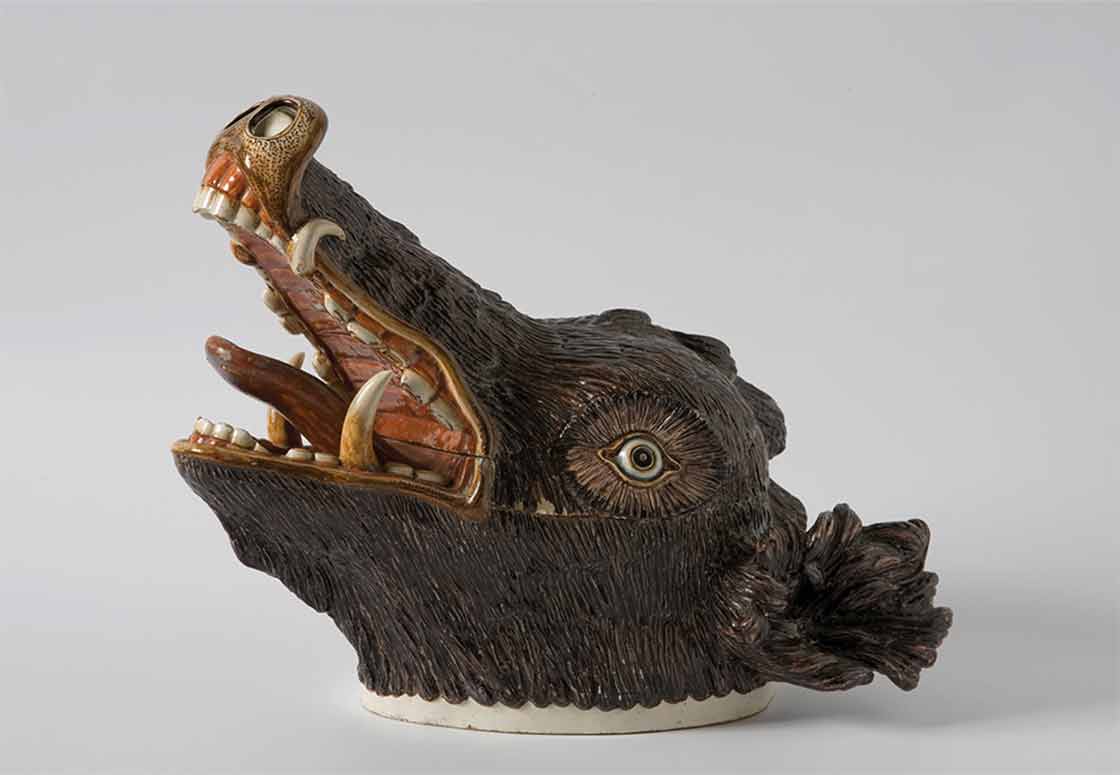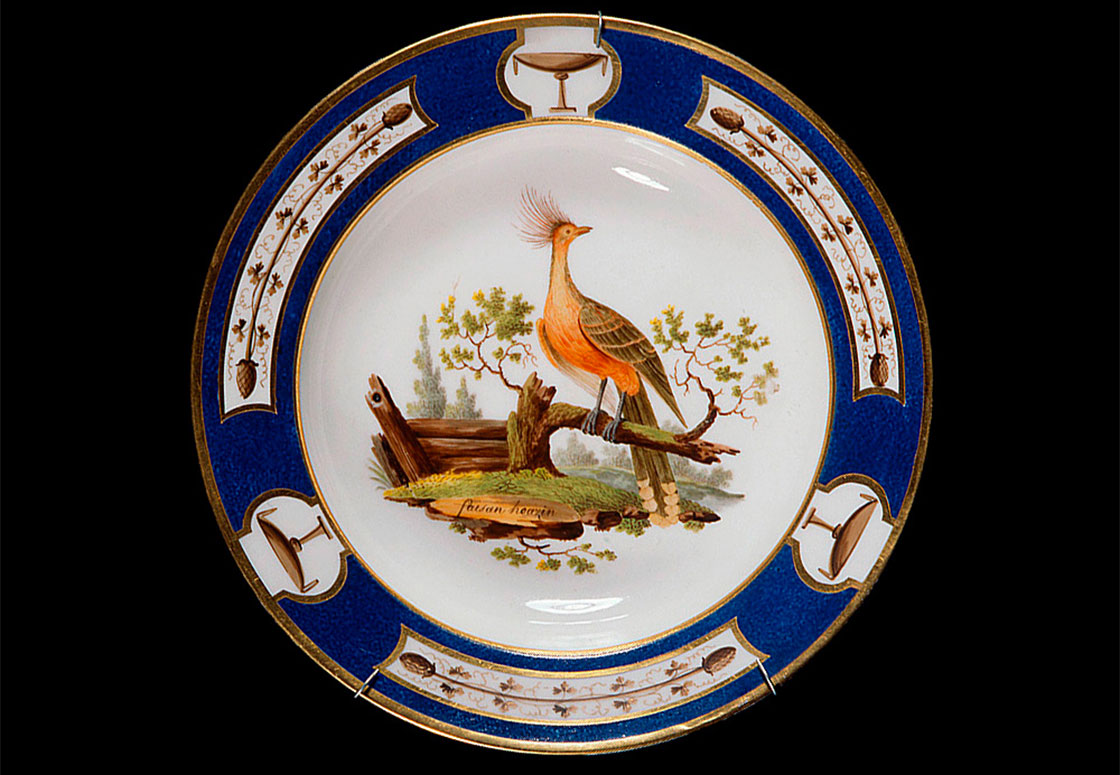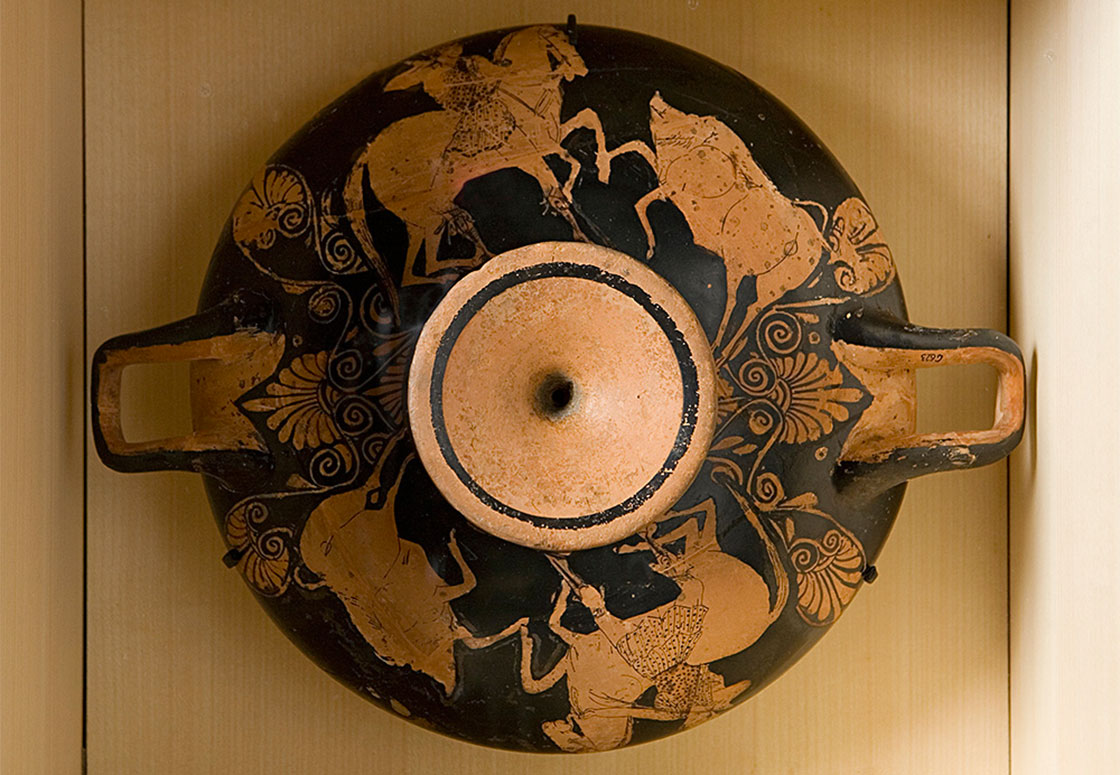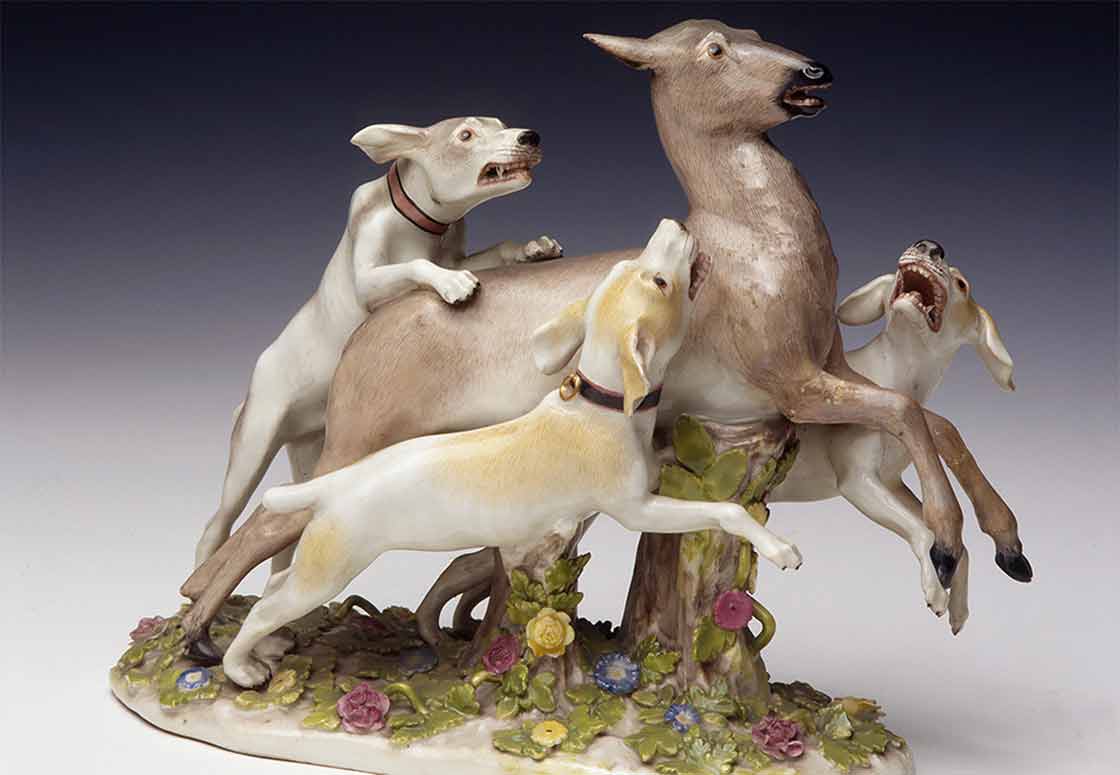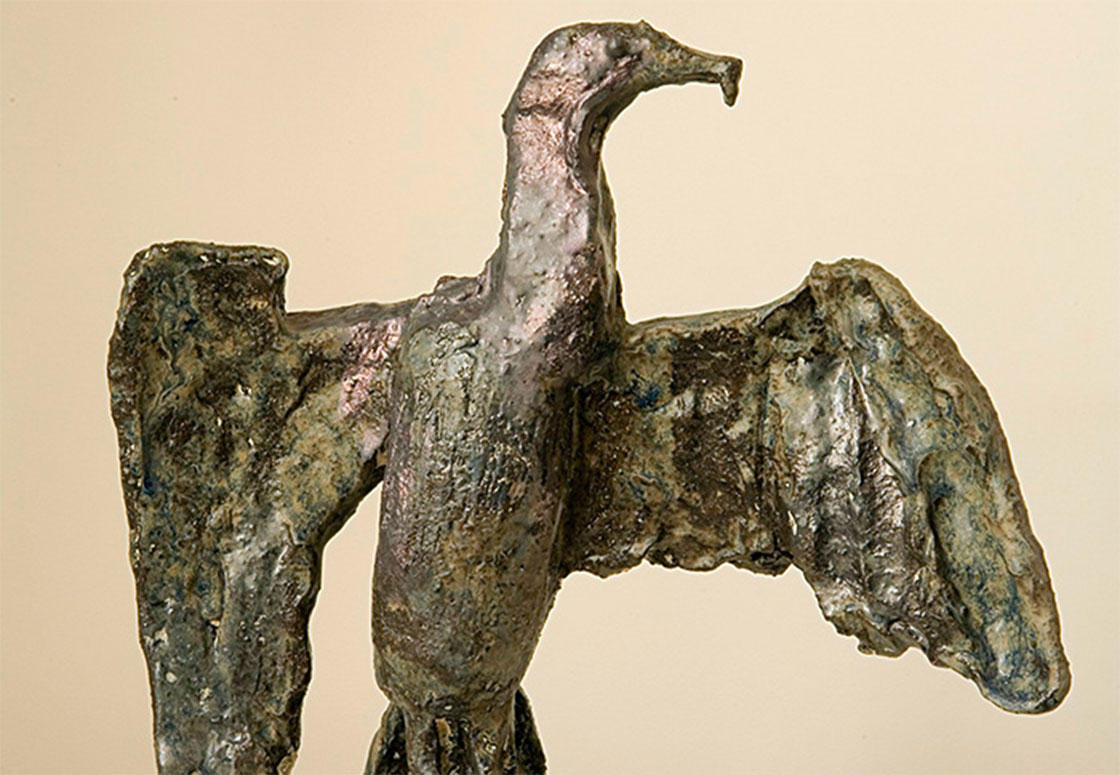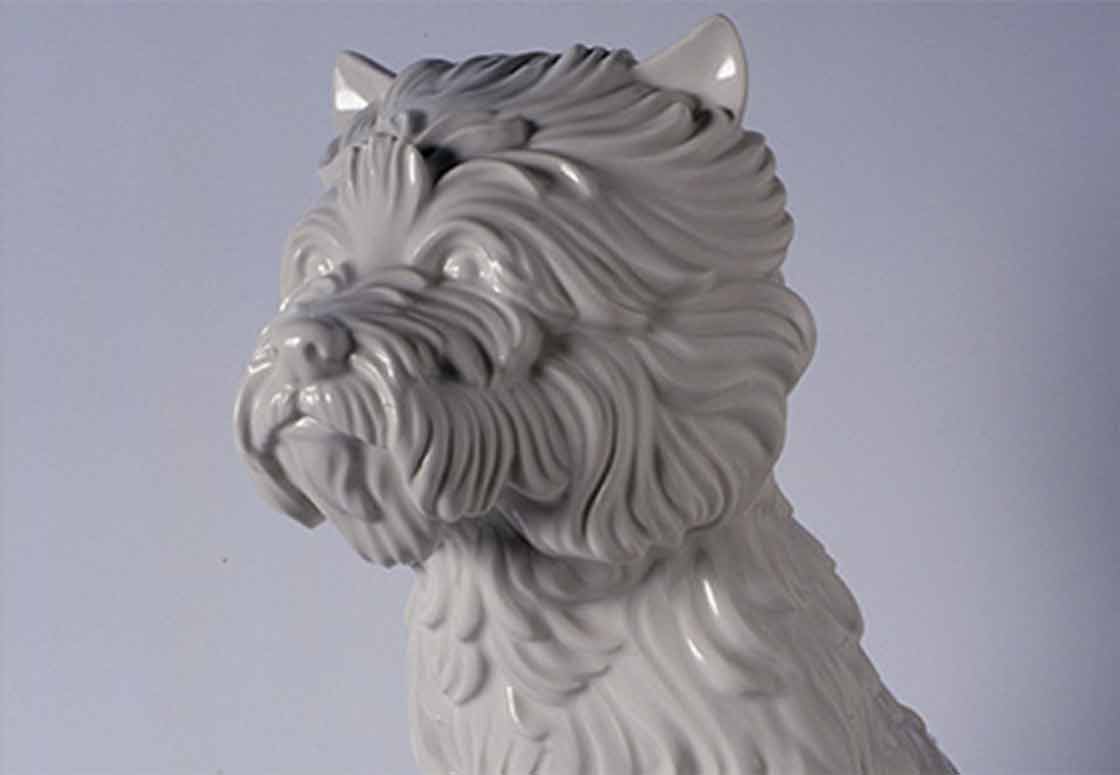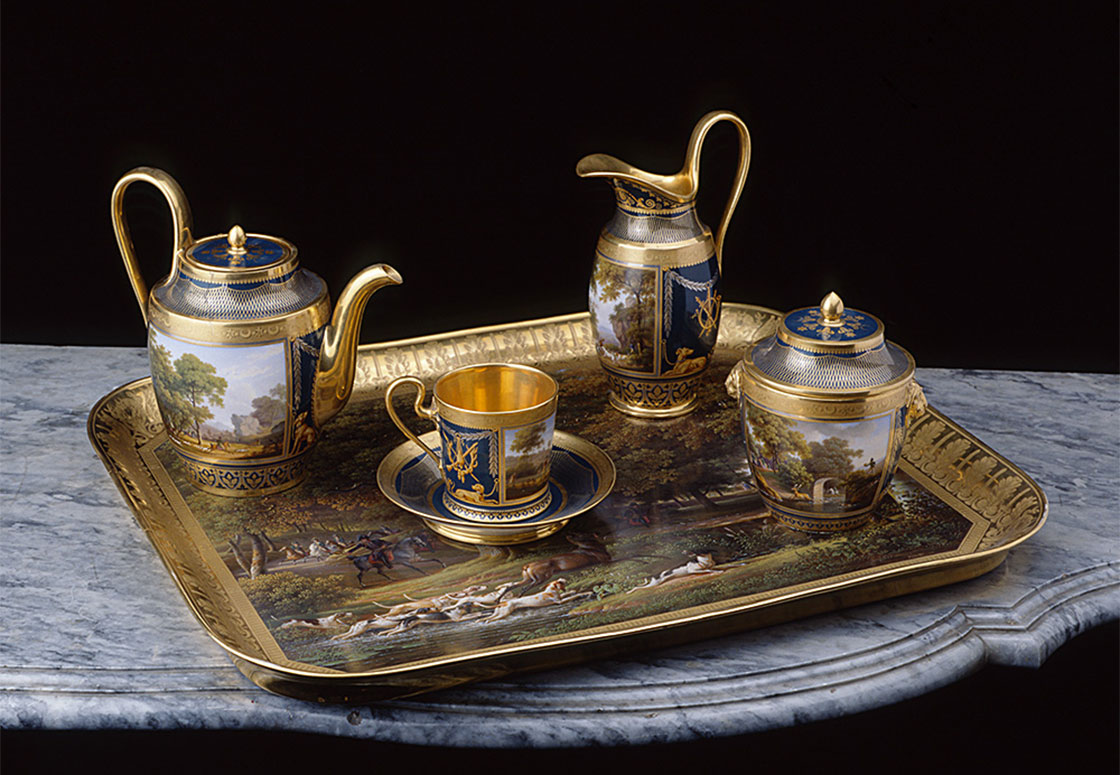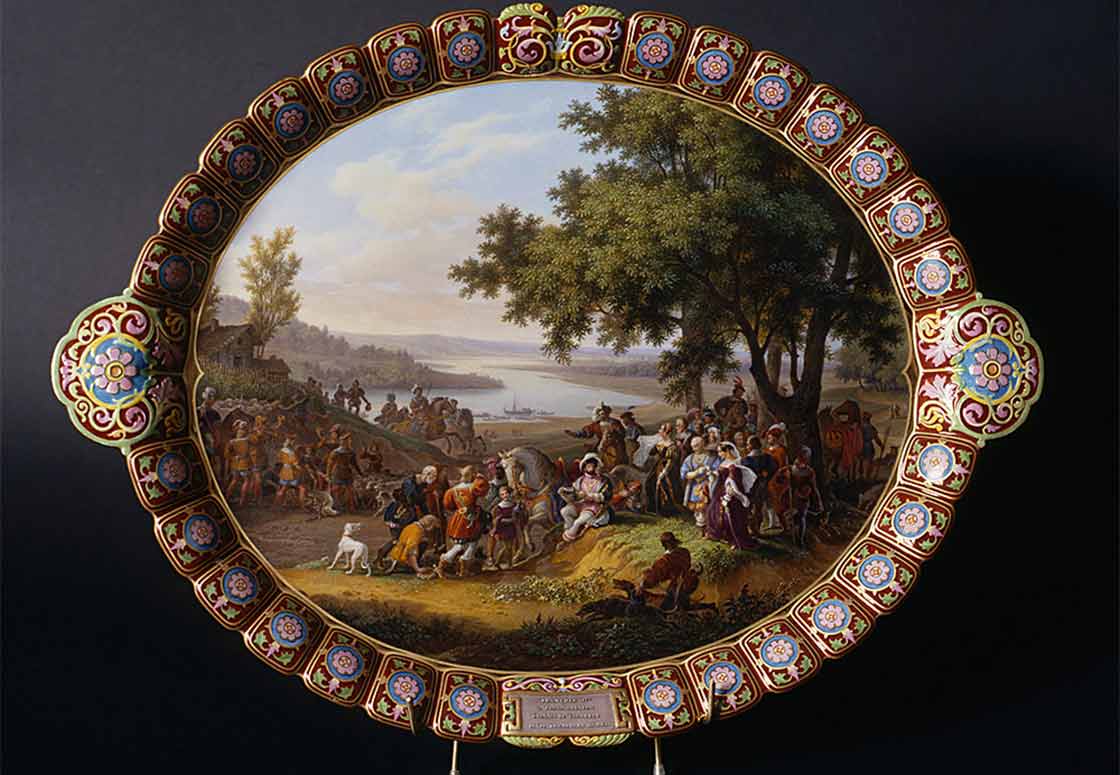Terrine in the shape of a boar's head
During the Middle Ages and the Renaissance, the whole remains of hunted animals adorned the tables of pomp and ceremony. In the 18th century, the fashion for stews and pâtés - prepared from pieces of meat and vegetables - put an end to this practice. Zoomorphic terrines appeared at banquets. These containers with a large lid are intended to preserve the heat of the dish while recalling the original shape of the dish eaten. Created by the Meissen factory (Germany), the zoomorphic terrines were taken over by the Hoechst factory (near Frankfurt).
The factories of Strasbourg and Lunéville (Lorraine) made a speciality of it thereafter. The models were also distributed in the East by the Compagnie des Indes. This explains why certain terrines were adapted to the Chinese aesthetic. The Musée de la Chasse et de la Nature has an important collection of terrines in the shape of European and Chinese boar's heads.


